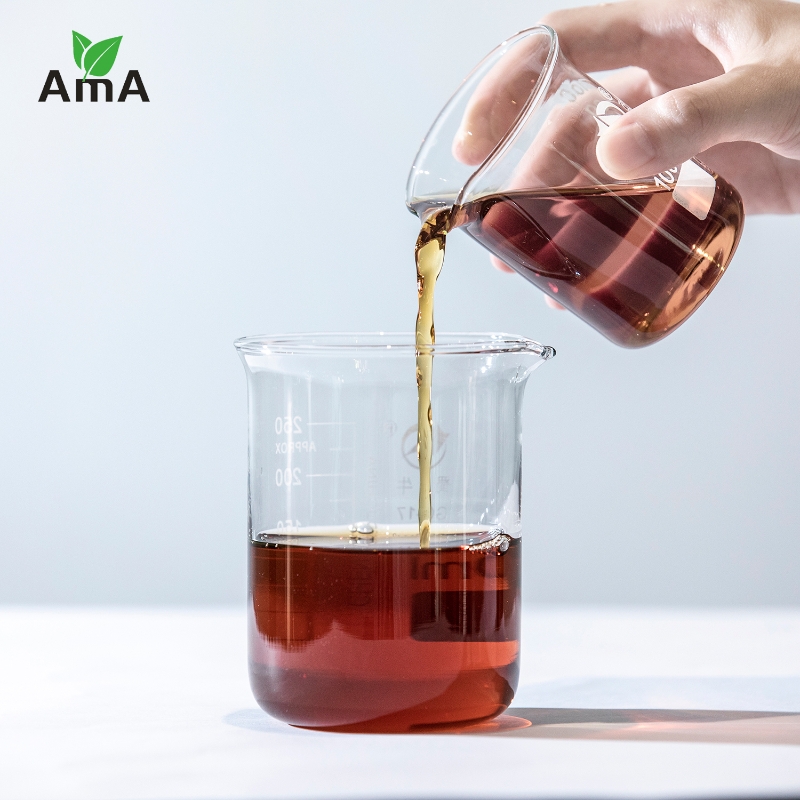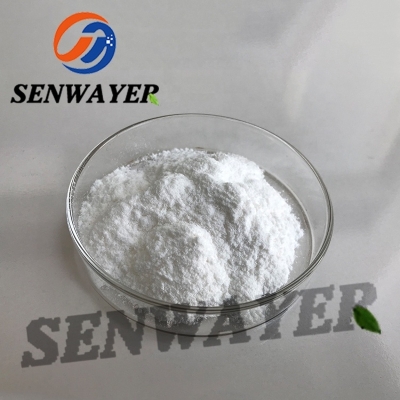Binder incubator helps lucerne University of Applied Science and art
-
Last Update: 2019-09-19
-
Source: Internet
-
Author: User
Search more information of high quality chemicals, good prices and reliable suppliers, visit
www.echemi.com
Recently, the Institute of medical engineering, lucerne University of Applied Science and art, Switzerland, is conducting research in the field of space biology Binder supports the CO2 incubator for the research team led by Dr Fabian ille Scientists cultured hoof cells regularly in incubators until they were used in specific experiments The team from lucerne was selected by ESA to participate in the parabolic flight across the Atlantic Ocean The deeply frozen cell Zui was brought to Bordeaux by Dr Simon w ü EST and a group of researchers, while the binder cb170 model The incubators are also housed in local French laboratories to ensure that the cells can survive in the environment they need to reach Bordeaux safely and "prepare" for parabolic flights Task setting, cell culture, large space demand, easy opening of incubator, pollution avoidance as other priorities of Zui, reliable sterilization, complete and accurate performance of the incubator in continuous operation, equipment simulating weightlessness, binder solution, temperature range: room temperature + 4 ° C ~ 60 ° C, humidity range: RH95% Optional O2 regulation range: 0.2-20vol -% O2 or 10-95vol -% O2 • 180 ° C automatic dry heat sterilization • dish humidification system with condensation protection • CO2 Gas Premixed air inlet designed by Venturi principle • CO2 sensor with infrared technology and high temperature sterilization Binder employee David Bosshard is fascinated by the lucerne University of Applied Science and art study, which can simulate weightlessness The parabolic flight will last for a total of three hours At the beginning of the flight, the cells will be taken out of the binder incubator and transferred into the prepared flight hardware, all under the controlled temperature conditions Lucerne's scientists want to use parabolic flight to study how cells respond and adapt to mechanical forces These findings will contribute to the development of more compact and stronger cartilage in the future In other words, cells are taken from patients, copied in this innovative new way, and then used in the treatment of human patients W ü EST and ille have been studied in the laboratory and can be roughly determined This process may be realized in the future After several days, the cells were treated in a device built by W ü EST under simulated weightlessness These can be done in the cell growth environment provided by a CB 170 incubator Dr Simon w ü EST and Dr Fabian ille (from left) can place the cells in binder incubator in simulated weightlessness state, "binder incubator will help us to obtain new scientific discoveries." ——Dr Fabian ille, during the parabolic flight, scientists completed 31 times of parabolic flight, during which the state of cells in weightlessness was observed The aircraft followed a steep ascent trajectory for 20 seconds, followed by a 20 second weightlessness, and then followed a steep descent trajectory for 20 seconds, a process that was repeated 31 times in a row Although it is clear that these cells will respond to forces in this process, further analysis is still being carried out at the lucerne Institute "The next step will be to be able to use these mechanisms in flight for further research," Dr ille said at the lucerne Institute of medical engineering The research team and the Institute enjoy a high reputation in Switzerland Some of the staff of the Institute are also responsible for many European Space Agency missions and communicate with Munich, Houston and Texas on the mission of the international space station (ISS) We are looking forward to more research results in the future, and also hope that binder's incubator can provide more support and help for scientists' research.
This article is an English version of an article which is originally in the Chinese language on echemi.com and is provided for information purposes only.
This website makes no representation or warranty of any kind, either expressed or implied, as to the accuracy, completeness ownership or reliability of
the article or any translations thereof. If you have any concerns or complaints relating to the article, please send an email, providing a detailed
description of the concern or complaint, to
service@echemi.com. A staff member will contact you within 5 working days. Once verified, infringing content
will be removed immediately.







